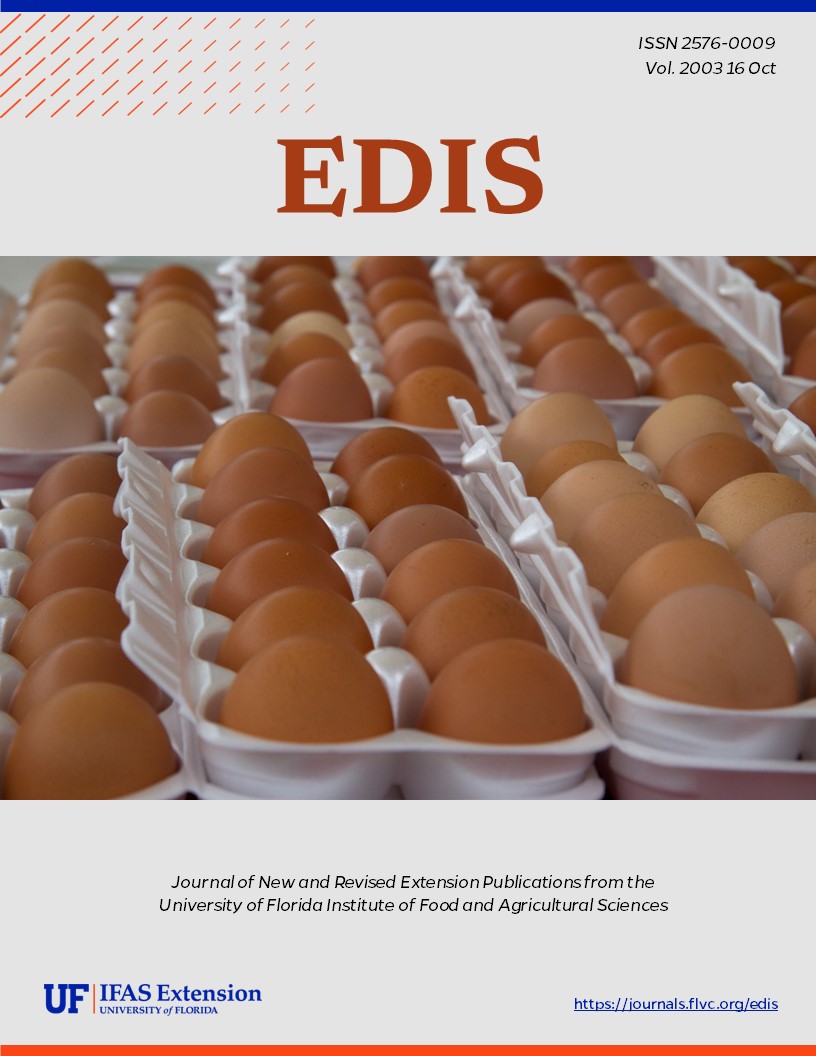Resumen
Jumping spiders, or salticids, are so named because they have a highly coordinated jumping ability with which they capture prey and traverse from plant to plant. Their sense of sight is extraordinary for invertebrates; they can see in color (DeVoe 1975), and the large front eyes focus on objects (Land 1972). Many are marked with
contrasting colors or bands, especially the males who display this ornamentation while dancing before females to win acceptance for mating. Jumping spiders as adults may be as small as 1 mm in length or as large as 23 mm, but most are 5 to 10 mm. All jumping spiders are harmless to humans, although the larger species can give a locally painful bite if roughly handled. This document is EENY-158 (originally published as DPI Entomology Circular 199), one of a series of Featured Creatures from the Entomology and Nematology Department, Florida Cooperative Extension Service, Institute of Food and Agricultural Sciences, University of Florida. Published: October 2000. Revised: September 2002.
Citas
DeVoe, R.D. 1975. Ultraviolet and green receptors in principal eyes of jumping spiders. J. Gen. Physiol. 66: 193-208. https://doi.org/10.1085/jgp.66.2.193
Edwards, G.B., J.F. Carroll, and W.H. Whitcomb. 1974. Stoidis aurata (Araneae: Salticidae), a spider predator of ants. Fla. Ent. 57: 337-346. https://doi.org/10.2307/3493491
Edwards, G.B. (September 2000). Regal jumping spider, Phidippus regius C.L. Koch. UF/IFAS Featured Creatures. EENY-152. http://edis.ifas.ufl.edu/IN309 (3 October 2000).
Land, M. 1972. Mechanisms of orientation and pattern recognition by jumping spiders (Balticidae). Pages 231-247 in Information processing in the visual system of arthropods, R. Wehner, ed. Berlin, Springer-Verlag. https://doi.org/10.1007/978-3-642-65477-0_34
Muma, M.H. 1975. Spiders in Florida citrus groves. Fla. Ent. 58:83-90. https://doi.org/10.2307/3493385
Unless otherwise specified, articles published in the EDIS journal after January 1, 2024 are licensed under a Creative Commons Attribution-NonCommercial-NoDerivs 4.0 International (CC BY-NC-ND 4.0) license.

